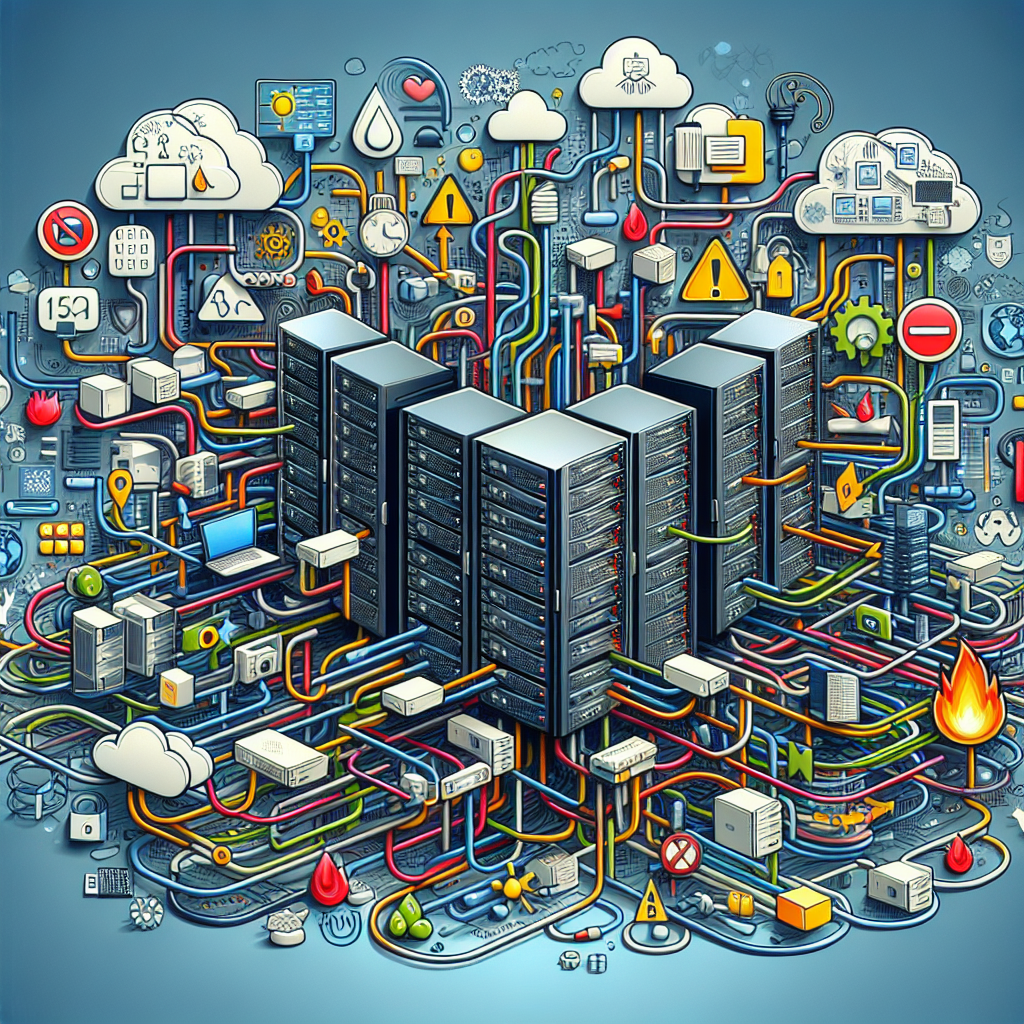Your cart is currently empty!
Best Practices for Identifying and Managing Data Center Risks

Data centers are critical components of any organization’s IT infrastructure, housing the servers, storage devices, and networking equipment that support day-to-day operations. However, they are also vulnerable to a wide range of risks that can disrupt services and compromise sensitive data. To ensure the continued reliability and security of their data centers, organizations must implement best practices for identifying and managing these risks.
One of the first steps in managing data center risks is to conduct a thorough risk assessment. This involves identifying potential threats, such as natural disasters, power outages, cyberattacks, and equipment failures, and evaluating the likelihood and potential impact of each. By understanding the risks facing their data centers, organizations can develop a comprehensive risk management strategy that prioritizes mitigation efforts and allocates resources effectively.
One of the most common risks facing data centers is power outages. These can be caused by a variety of factors, including utility failures, equipment malfunctions, and extreme weather events. To minimize the impact of power outages, organizations should implement redundant power systems, such as uninterruptible power supplies (UPS) and backup generators, to ensure continuous operation in the event of a power failure. Regular testing and maintenance of these systems is also essential to ensure they function properly when needed.
Another major risk to data centers is cyberattacks. Hackers are constantly seeking to exploit vulnerabilities in IT systems to gain unauthorized access to sensitive data or disrupt operations. To protect against cyber threats, organizations should implement robust cybersecurity measures, such as firewalls, intrusion detection systems, and encryption protocols. Regular security audits and penetration testing can help identify and address any weaknesses in the data center’s defenses.
Physical security is also a critical consideration for data center risk management. Unauthorized access to the data center can result in theft of equipment or data, as well as sabotage of IT infrastructure. To prevent unauthorized entry, organizations should implement access controls, such as key card systems and biometric authentication, and monitor access logs to detect any suspicious activity. Surveillance cameras and security guards can also help deter potential intruders.
In addition to these proactive measures, organizations should also have a comprehensive disaster recovery plan in place to ensure the continuity of operations in the event of a major disruption. This plan should outline the steps to be taken in the event of a data center outage, including backup and recovery procedures, communication protocols, and alternative work arrangements for employees. Regular testing of the disaster recovery plan is essential to ensure it remains effective and up to date.
By following these best practices for identifying and managing data center risks, organizations can minimize the likelihood of disruptions and protect their critical IT infrastructure from potential threats. By taking a proactive approach to risk management, organizations can ensure the continued reliability and security of their data centers, safeguarding their valuable data and maintaining the trust of their customers and stakeholders.

Leave a Reply